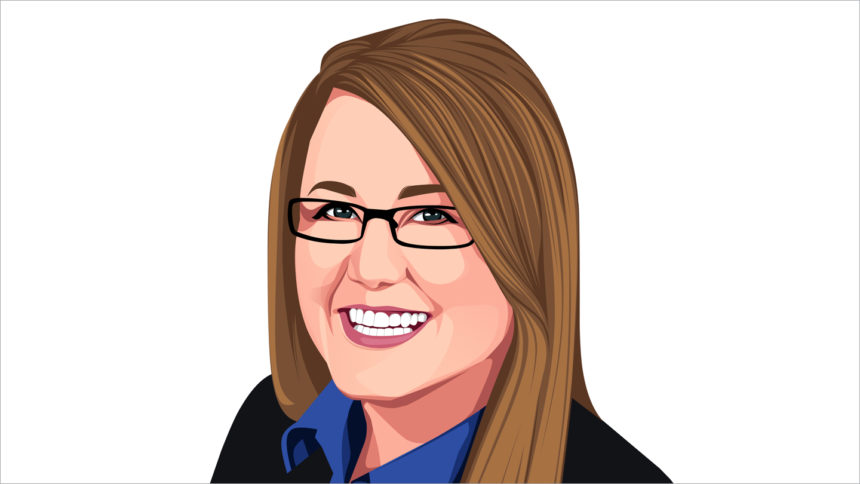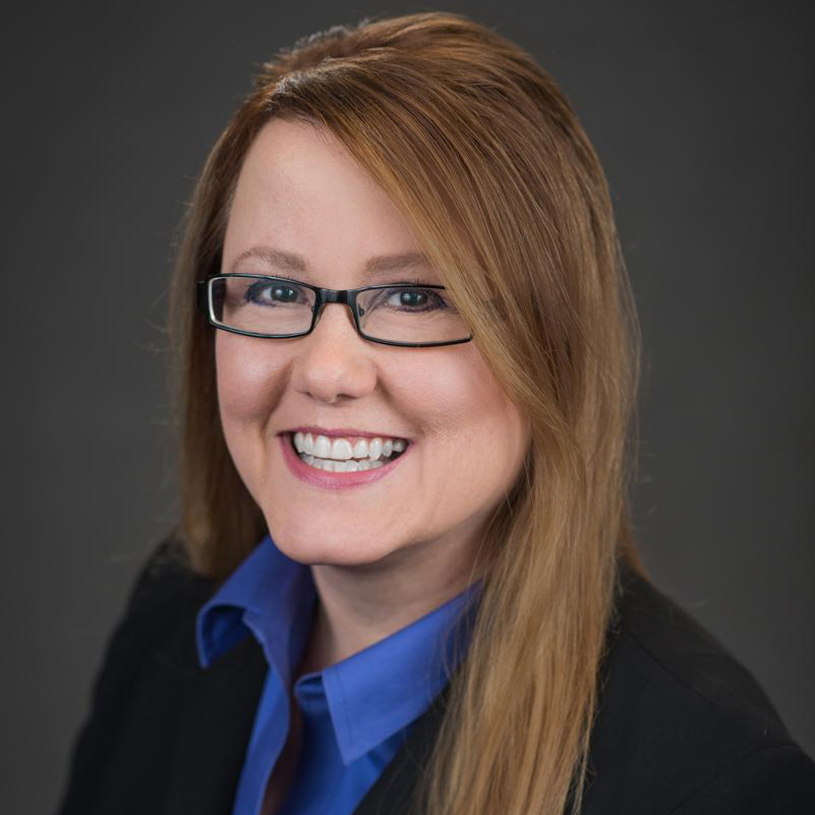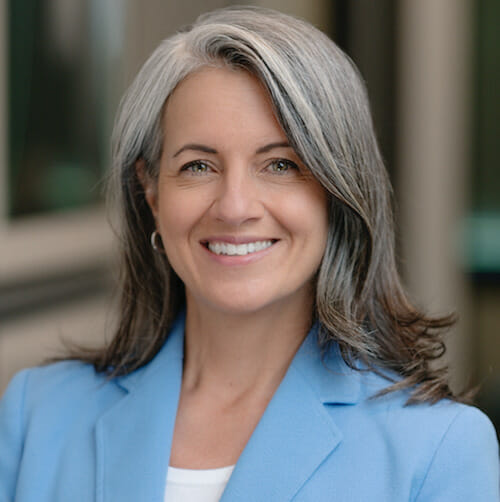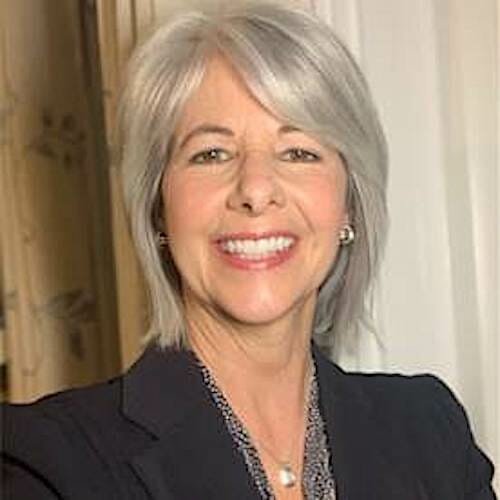

“It has been a really interesting experience,” Kimberly Lody, whose last day as president and CEO of Sonida Senior Living was Friday, told me. Meanwhile, Christian Living Communities President and CEO Jill Vitale-Aussem told me that it’s a topic she is “super passionate” about.
What were we talking about? Gray hair.
Both Lody and Vitale-Aussem somewhat recently decided to stop dyeing their hair. When I asked them, they both quickly and enthusiastically agreed to share with me the thinking behind their decisions and the subsequent reactions to them.
What prompted my curiosity were reports about award-winning Canadian broadcaster Lisa LaFlamme, whose last day at CTV was Aug. 15.
In a Twitter post, LaFlamme, 58, said she was “blindsided” by the network’s decision to let her go after 35 years on the job. CTV parent company Bell Media said in a statement that its “business decision” to “move … in a different direction” was due to “changing viewer habits,” but The Globe and Mail subsequently reported the head of CTV News had raised questions about LaFlamme’s hair, which she had stopped dyeing during the pandemic.
What has followed has been a #KeeptheGrey social media campaign and support from fast food restaurant Wendy’s Canada, Dove Canada and Sports Illustrated — plus lots of media and social media discussion about age, gender and gray hair.
I thought it would be enlightening to hear from the two leaders in an industry serving older adults and at a time when many senior living companies are trying to work toward more diversity, inclusion and equity in the workplace.

For Vitale-Aussem, a big motivator for the hair change was her battle against ageism.
“When I was approaching 50, I realized that I had been speaking and writing about how important it is for senior living leaders to fight ageism and that the first step is addressing our own internalized ageist beliefs. I realized that I was being a bit of a hypocrite when, for me, dyeing my hair was about looking younger, and I decided to dig into that and made the decision to embrace my gray hair and my age so I could enter my 50s in an age-positive way,” said the author of “Disrupting the Status Quo of Senior Living: A Mindshift.”

Lody said she was propelled by health reasons, curiosity about her natural hair color and a desire to rid herself of the time and product commitments that dyeing her hair required.
“During COVID, many of us evaluated our priorities, and I decided that my well-being was a high priority – meaning eating right, exercising and reducing the chemicals around me,” she said. “So I decided to say goodbye to the hair color and all that went along with it.”
How have their choices been received?
“Some people have said, ‘That’s great. Gray hair is very ‘in’ right now. Young people are dying their hair gray!’ ” Vitale-Aussem said. “They’re trying to be supportive, but it’s still an ageist statement, that it’s OK to be gray because it is now associated with being young.”
Lody said, “I’ve received complimentary comments ranging from, ‘Oh, I love your hair!’ to ‘Is that your natural color? Did it grow in that way?’
“In other cases, people definitely treat me differently, acting as if I have become aged and slow and less competent. Yet the only thing that has changed is the color of my hair,” she added. “For example, I was shopping for a sports car, and the salesperson seemed very hesitant and skeptical. Even my doctor asked me if I am on Medicare. It’s really quite fascinating and a sad statement about how external appearance is evaluated by our society.”
Fortunately, at Sonida Senior Living, Lody said, “I haven’t seen a bit of difference in how the Sonida team or our residents interact with me. In fact, our employees seem to think it’s great!”
But although it may be easier for those working in senior living to “go gray” compared with those working in other fields, Vitale-Aussem said, “there are still so many messages from aging services leaders that are negative about aging — people being embarrassed to say how long they’ve been in the field, etc.”
Having gray hair, however, she said, “is really walking the talk when leading a senior living organization — but I recognize going gray isn’t for everyone, and I don’t judge anyone that doesn’t want to do it. For me, it has been very freeing.
“I will proudly tell anyone that I’m 53 and have 25 years of aging services leadership experience. And my hair matches my work and life experience,” she added. “I am living my best, most authentic leadership self by embracing who I am and the age I am.”
Vitale-Auseem shared a recent discussion she had with someone else who had chosen to go gray — “gray hair is a great conversation-starter,” she noted.
“She said, ‘Don’t you just feel invisible now?’ ” Vitale-Aussem relayed. “I think I am more visible where it matters — in my work in aging services. I guess I probably am viewed differently elsewhere in society, but I either don’t notice or don’t care.”
To borrow Lody’s words, it is a sad statement about the current state of affairs when it is considered potentially risky if a woman decides to celebrate her natural appearance. But it’s people like Lody and Vitale-Aussem who will help gradually chip away at stereotypes, preconceptions and misconceptions related to aging so that one day, society and all types of organizations can realize the benefits of welcoming a diverse group of people — including, among other qualities, people of all ages, levels of experience and genders — and hair colors.
In an industry such as senior living, where a majority of workers, residents and family member decision-makers are women, it’s also good business sense.
In my next blog, I’ll share more about Lody and Vitale-Aussem’s hair color decisions and their advice for others considering going gray. (Editor’s note, Sept. 12: Read part 2 here.)
If you have an experience or advice you’d like to share, please email me at [email protected].
Lois A. Bowers is the editor of McKnight’s Senior Living. Read her other columns here.

